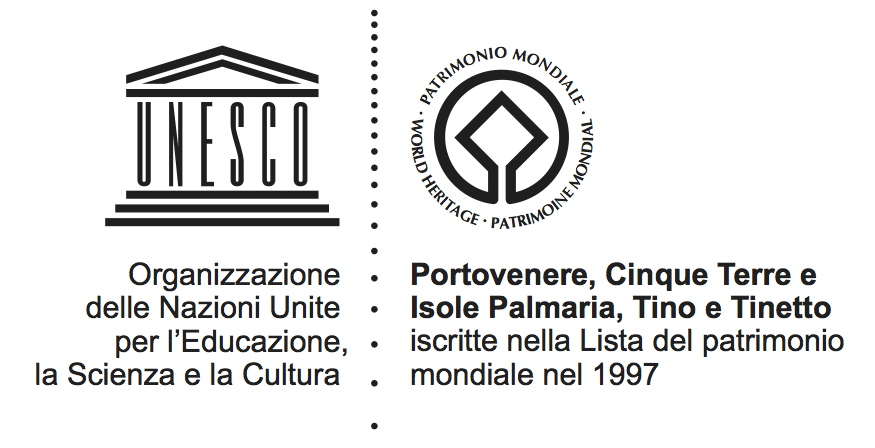In 1997, the World Heritage Committee decided to register Porto Venere, Cinque Terre, and the Islands (Palmaria, Tino and, Tinetto) on its list (Naples, Italy - 21st session of the World Heritage Committee - 1-6 December 1997). This was based on criteria (ii), (iv), and (v) considering that the eastern Ligurian Riviera between the Cinque Terre and Porto Venere is a cultural site of outstanding value. It represents the harmonious interaction established between man and nature.
This interaction has resulted in a landscape that is noteworthy from an aesthetic point of view, bearing witness to a traditional lifestyle spanning thousands of years, and which also continues to play an important socio-economic role in the community’s life. (21COM CONF 208 VIII.C).
Criterion ii
The Ligurian Riviera between Porto Venere and the Cinque Terre is a cultural landscape of outstanding value that illustrates a traditional lifestyle existing for thousands of years and continues to play an important socio-economic role in the life of the community.
Criterion iv
The Ligurian coastal region from the Cinque Terre to Porto Venere is an exceptional example of a landscape where historically-stratified small villages’ layout and placement in relation to the sea, and the formation of the surrounding terraces that overcame the disadvantages of steep uneven terrain, tell the continuing story of human settlement in this region in the last millennium.
Criterion v
Porto Venere, Cinque Terre, and the islands (Palmaria, Tino, and Tinetto) offer a remarkable cultural landscape created by man’s efforts over more than a millennium in a harsh and dramatic natural environment. This represents harmonious interaction between man and nature to produce a landscape of outstanding scenic quality.
Thus, the macrocategories in which the site’s attributes are articulated can be summarised as the following:
-
Outstanding scenic quality
-
Outstanding cultural landscape
-
The socio‐economic role of the landscape and the traditional lifestyle
-
Usability of the land
Outstanding scenic quality
Due to the site’s particular orographic conformation, it offers multiple perspectives on a landscape characterised by strong contrasts – between; the sea and the mountains, nature and construction, dense urban settlement, crops, barren areas, and others with thick vegetation. These are particularly recognisable for their "picturesque" character, given by the lively urban scenes and the neatly cultivated countryside, as well as their "horridness", characterised by the harsh natural environment with its rocky outcrops and landslides.
Outstanding cultural landscape
In syncopated succession, Liguria presents a vertical sequence of environments, from its coastal areas to its mountains 1,500-2,000m in altitude, in which the Mediterranean landscape has developed in all its aspects, its restricted portions of territory. For example, in the Mediterranean, relationships between the landscapes of the coast and those of the high mountains were established through animals’ migration routes. In the Adriatic, between Puglia and Abruzzo, these developed for hundreds of kilometers, while in Western Liguria they were reduced to a few dozen kilometers.
The socio-economic role of the cultural landscape and traditional lifestyle
The exploitation of agricultural, forest, and sea resources can be traced back to agri-food production and the methods of cultivating and processing the products, the traditional knowledge that supports agri-forestry and fish activities, traditional systems for maintaining dry stone walls, water management systems, and any other work connected to the agricultural use of the land.
Usability of the land
Although not formally mentioned in the declaration of Outstanding Universal Value, nevertheless, additional attributes have been identified that directly and indirectly support the Outstanding Universal Value and are connected to historical accessibility and use.
Additional complementary values of the UNESCO Site
Complementing the Outstanding Universal Value recognised for the Site, are a series of additional elements more or less directly related to its Outstanding Universal Value, which can be defined as complementary values.
